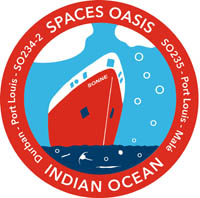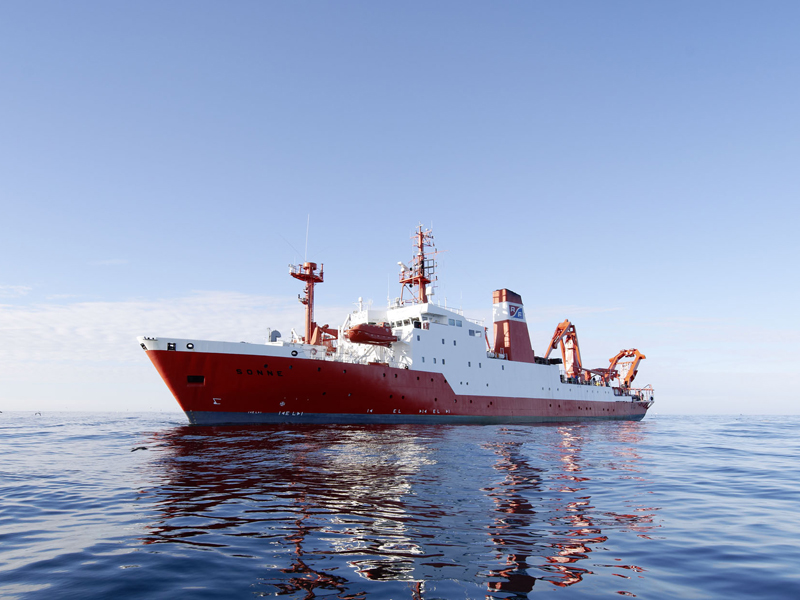SONNE SO234/2
- Area:
- Indian Ocean
- Time:
-
08.07.2014 - 20.07.2014
- Institution:
- UiO
- Chief scientist:
- Kirstin Krüger

The tropical Indian Ocean is a diverse area that exerts important influence on atmospheric and oceanic processes. It is unlike the other ocean basins, as it has a northern land boundary. In addition there are only tropical zones in the Indian Ocean, which prevents the typical “conveyor belt” water transport found in the other ocean basins (e.g ventilation, deep water formation). Some specific features that make the Indian Ocean unique are the Indonesian Throughflow (exchange with Pacific Ocean), the South West Monsoon, the North East Monsoon, Wyrtki Jets, the Indian Ocean dipole, and the Madden-Julian Oscillation. The Indian Ocean is also more rapidly warming than the other ocean basins and is impacted more acutely by the rising populations of the surrounding countries, resulting in more damage to important fish species and higher rates of eutrophication. The dust and aerosol transport to the region is high and the Indian Ocean contains one of only three open ocean oxygen minimum zones (OMZ).
The study program onboard the SPACES cruise SO234-2 is designed to teach the students about “Air-Sea Interactions in the western Indian Ocean”. The western tropical Indian Ocean experiences the Somali current, which reverses with the different monsoon systems, the Agulhas current, open ocean denitrification and high rates of nitrogen fixation in the Arabian Sea, and a large area in the western equatorial region of high carbon dioxide drawdown. All of these phenomena make the tropical Indian Ocean an excellent laboratory and classroom, allowing special focus on anthropogenic effects and global climate change on ocean biogeochemical and physical processes. The study onboard will be carried out by pairs of students, one from an African country and one from Germany. The pairs will rotate through 5 different stations: 1) meteorology, involving radiosonde launches, 2) atmospheric physics, including spectrophotometric determination of reactive trace gases in the atmosphere 3) physical oceanography, involving deep ocean profiles (CTD casts), 4) biogeochemical cycling, involving gas chromatographic and mass spectrometric analysis of seawater samples; 5) atmospheric chemistry, involving air sampling of more than 50 trace gases, direct trace gas air-sea flux measurements.
Chiefscientist is Prof. Dr. Kirsten Krüger (Department of Geosciences, University of Oslo)



